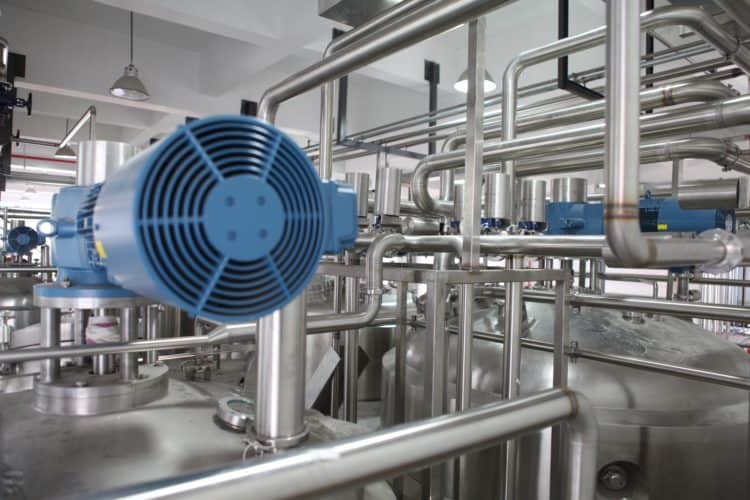The emergence of Industrial Internet of Things (IIoT) solutions is driving the industrial communication market, which is forecast to double from $80 billion today to $160 billion by 2025.
Research firm Global Markets Insights (GMI) said IIoT is transforming the industrial process across industry verticals, including automotive, manufacturing, energy, oil & gas, healthcare, and transformation.
“These industry verticals collectively account for more than two-thirds of the world’s economy. As the market dynamics are changing and industries are evolving toward an integrated digital-human workforce, IIoT will play a vital role in redefining the new phase of industrialization,” it said.
In Asia-Pacific, the research firm expects industrial communication market to grow at a compound annual growth rate (CAGR) of more than 12% during the forecast period.
GMI said the market is driven by rapid industrialization in the emerging economies of the region as well as supportive government policies for promoting domestic manufacturing capabilities and the low cost and skilled labor force.
“Moreover, the increasing adoption of the Industry 4.0 revolution further augments the demand for the industrial communication market,” it added.
During the forecast period, GMI also expects Ethernet IP to grow at a CAGR of over 12%. It said the large-scale adoption of the protocol throughout the manufacturing architecture is the primary factor supporting the growth of the industrial communication market.
“As digitalization across the industry verticals is increasing, organizations are shifting from legacy communication systems toward advanced ethernet protocols to cope up with the changing communication requirements. This is encouraging the adoption of Ethernet IP protocol,” it explained.
Meanwhile, wireless communication protocol is expected to grow at a CAGR of more than 22% during the projected timeline.
GMI said the benefits offered by wireless communication over wired communication technology, such as flexibility, scalability, and cost-effectiveness further accelerates its demand.



